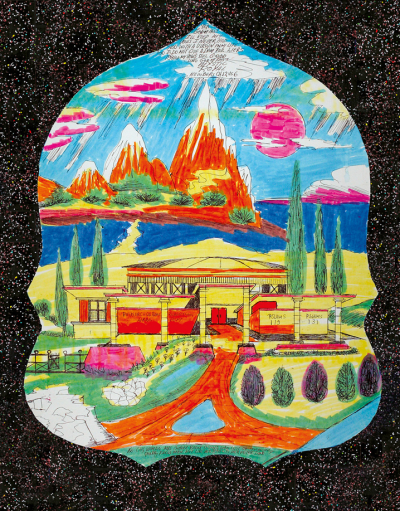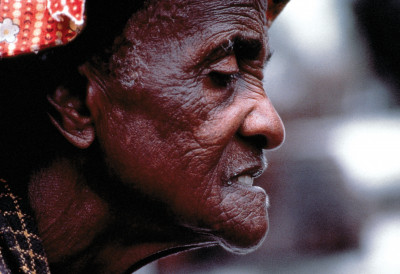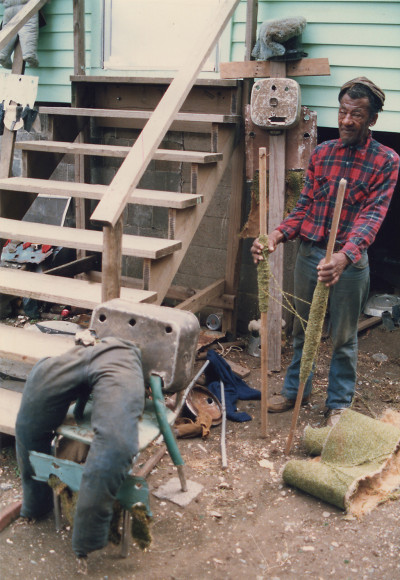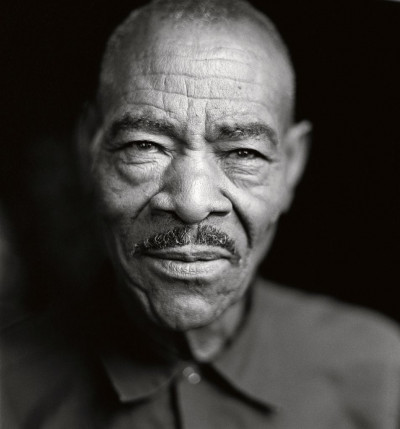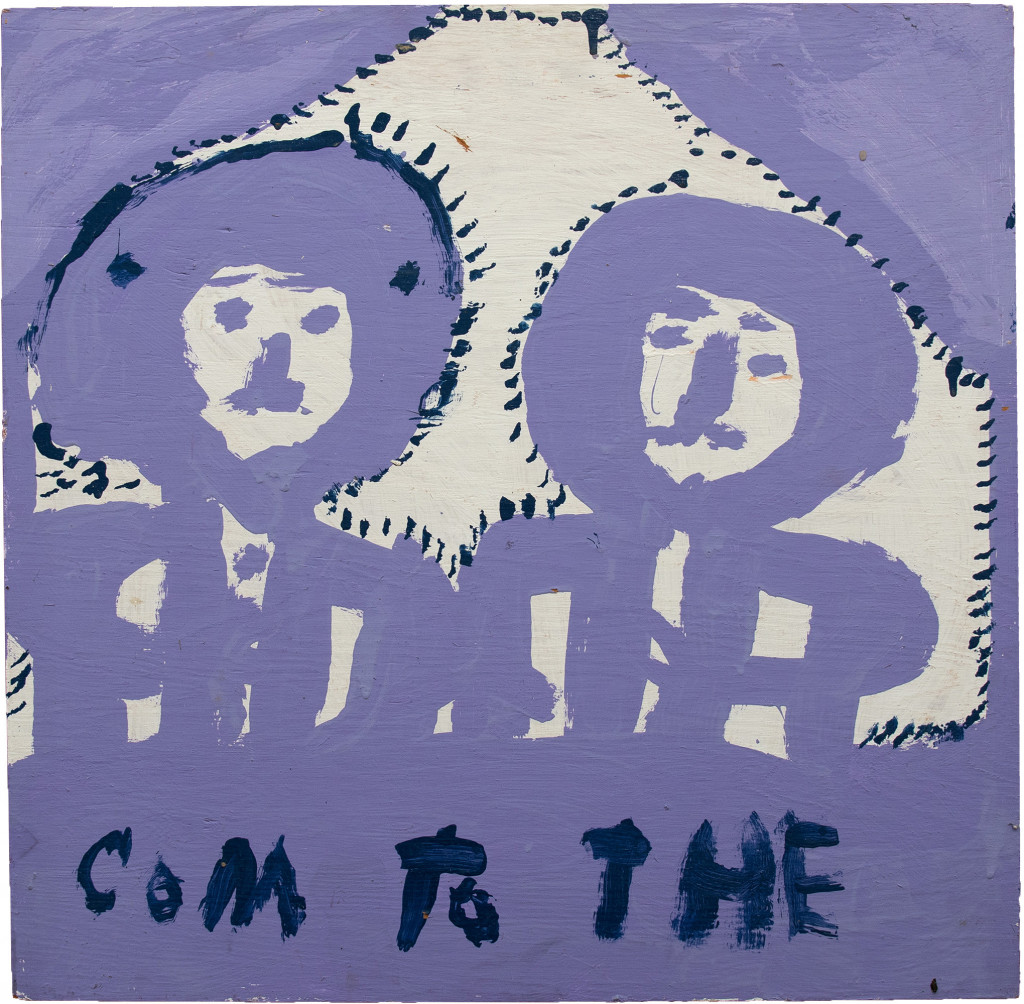The National Gallery of Art collection
The gallery is pleased to announce the entrance of Mary T. Smith, Thornton Dial, “Prophet” Royal Robertson, Hawkins Bolden and Henry Speller into the collections of the National Gallery of Art (Washington) in the context of a major acquisition of 40 works by 21 African-American artists from the south of the United States.
The acquisition is made possible through the generosity of the Souls Grown Deep Foundation in addition to funds from the Patrons’ Permanent Fund.
Artists
